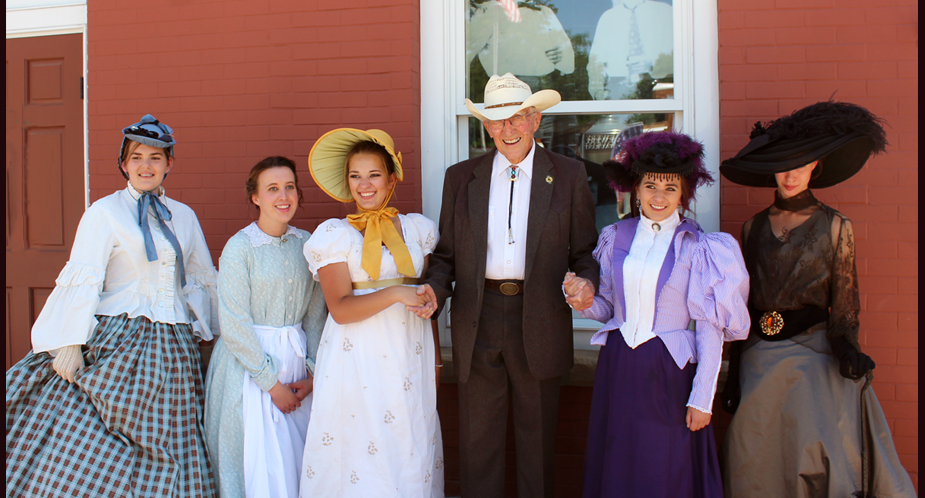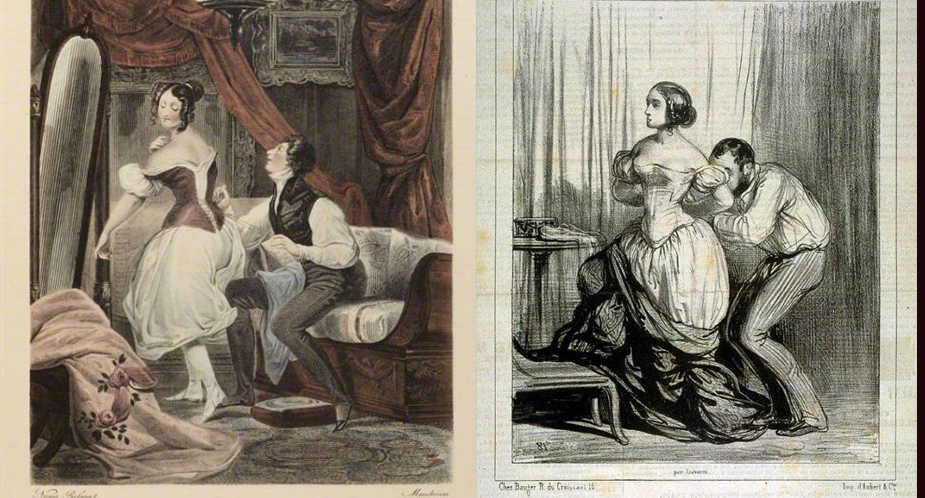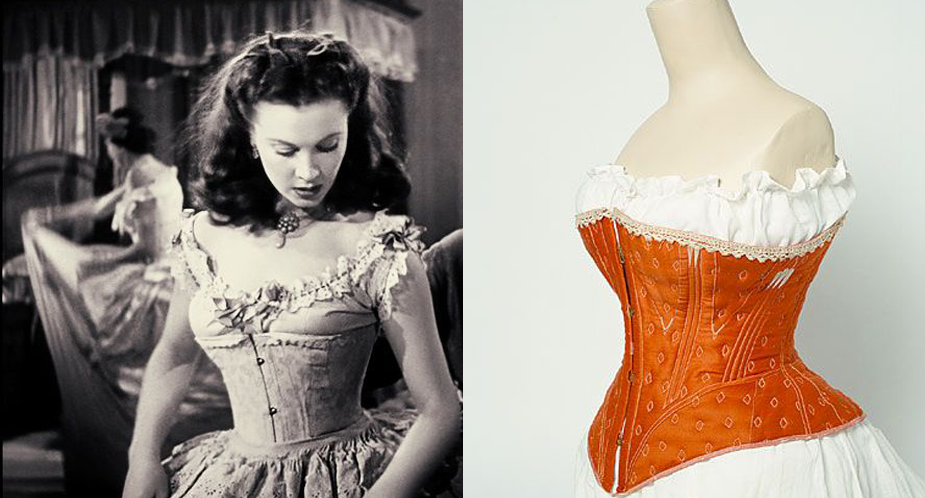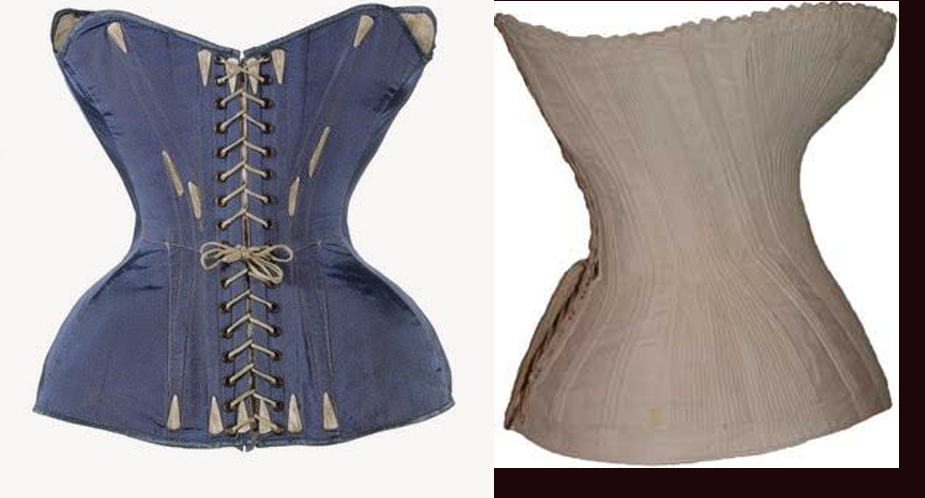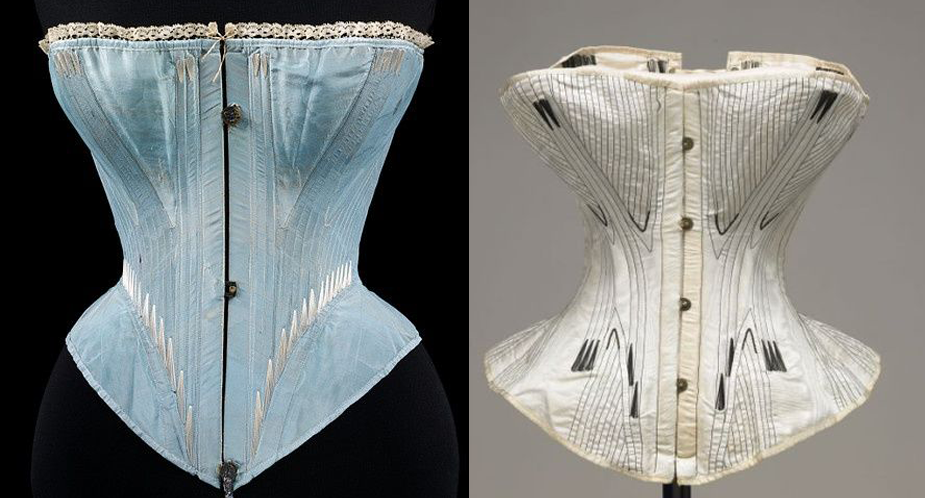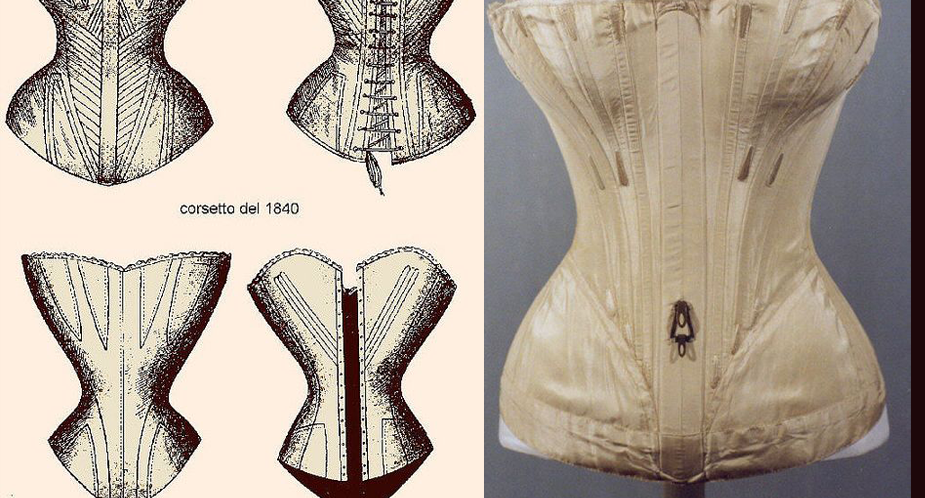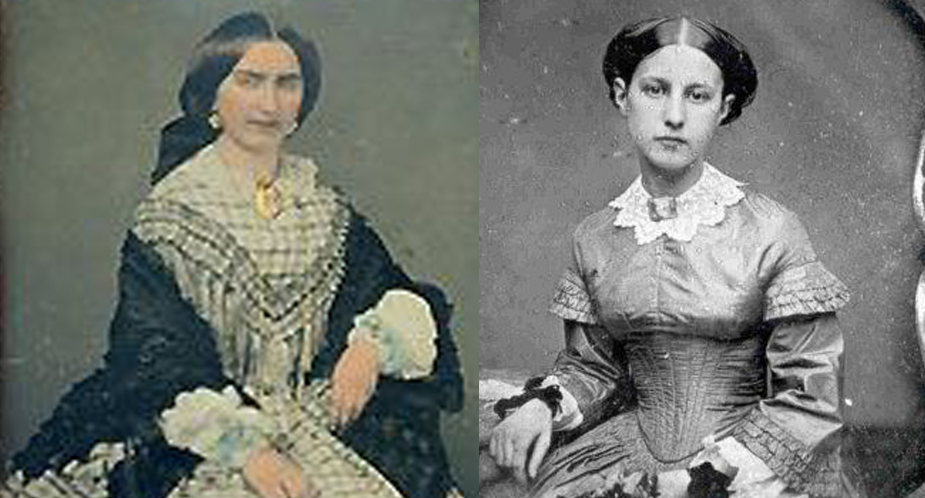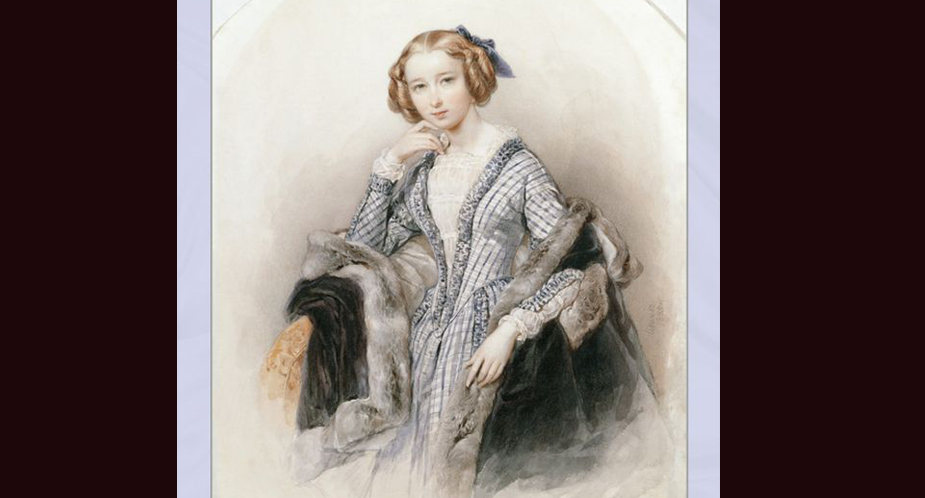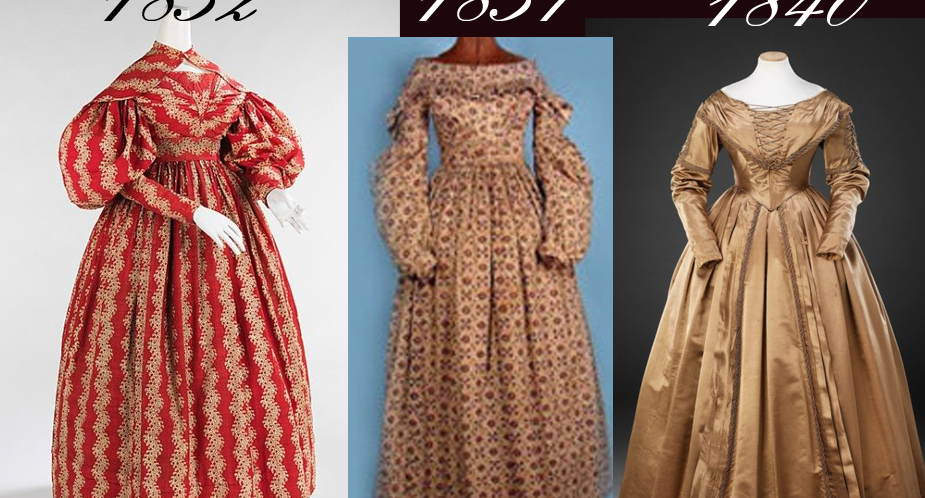.. Grand Opening Ceremony of the Cody Heritage Museum, Cody, Wyoming! Five young women “meeted and greeted” famous (& notorious?) people, and “acquaintenced with” others in the know about the “Wild” part of the “West”. What a lovely day to celebrate history! (Gals Rachel, Tiss, Jacinta, Sary, and Kateri made …
